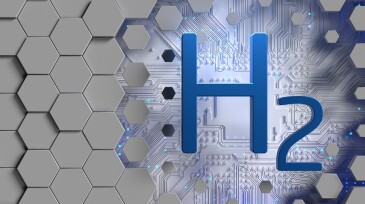Technology
The software will enhance education and research across energy, geothermal, mining, and geotechnical engineering by giving students and faculty hands-on access to industry-standard tools used worldwide.
AI is transforming oil and gas, but the real change will come from young professionals (YPs) who bridge technology and field expertise. By leading pilots, building networks, and challenging old assumptions, YPs can drive the industry’s digital transformation from within.
PE Ltd.'s software will allow students and faculty to work directly with modeling technologies and build real-world, job-ready skills.
-
The free online calculators will provide industry professionals with the opportunity to make energy processes more efficient.
-
In this article, energy storage technologies are introduced as “the talk of the town” by depicting them in the form of family trees.
-
Join Rodolfo Camacho and Silviu Livescu as they address some of the challenges in the application of data analytics, artificial intelligence, and machine learning (DA/AI/ML) to several reservoir engineering problems and answer some of the questions related to DA/AI/ML applications in reservoir modeling and performance prediction.
-
This 3-minute video teaches the meaning of digital twins and provides day-to-day examples of how this technology can be used. Excerpts from this SPE Live examine the need to construct digital twins to support decisions made in the geothermal (and other renewables) energy domain.
-
Drilling systems automation has made great strides in applications, with more progress coming. The question now is how the value proposition holds up and what growth is potentially in the future for automation of well completion, intervention, and P&A activities.
-
In a recent SPE Live, three of the 2022 TWA Energy Influencers shared their perspectives on the emerging trends in subsurface engineering.
-
This article is intended to help energy engineers and researchers advance careers in the hydrogen economy areas of data analytics, pyrolysis, and recycling.
-
Corrosion is a thermodynamic process. This simply means corrosion is a natural process that can only be controlled and never be stopped completely.
-
The increase in CO2 emissions has been dramatic in the last few decades. A possible solution to this difficult and intractable problem can be adopting a circular carbon economy.
-
Disruptive digital technologies change the world, altering fundamental aspects of how we work and live. A new generation of digital technologies, enabled by blockchain, could make processes faster and create opportunities both for businesses and individuals. Blockchain-based technology could also help accelerate the energy transition.













